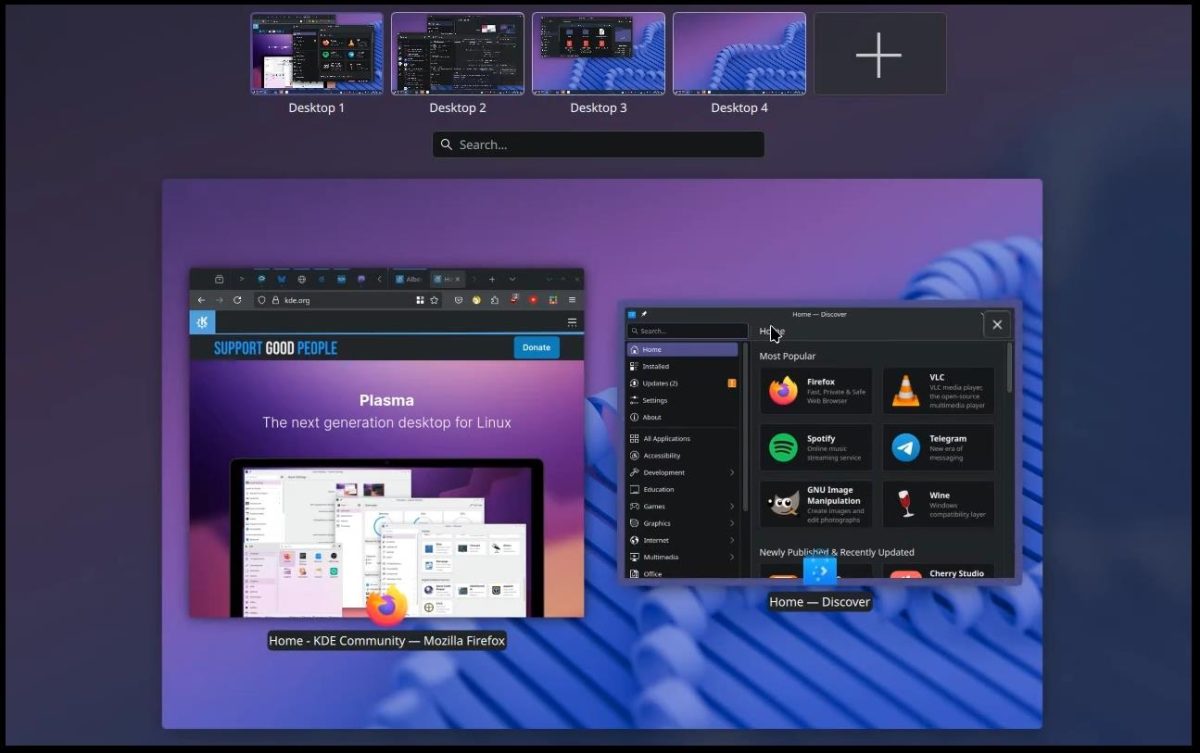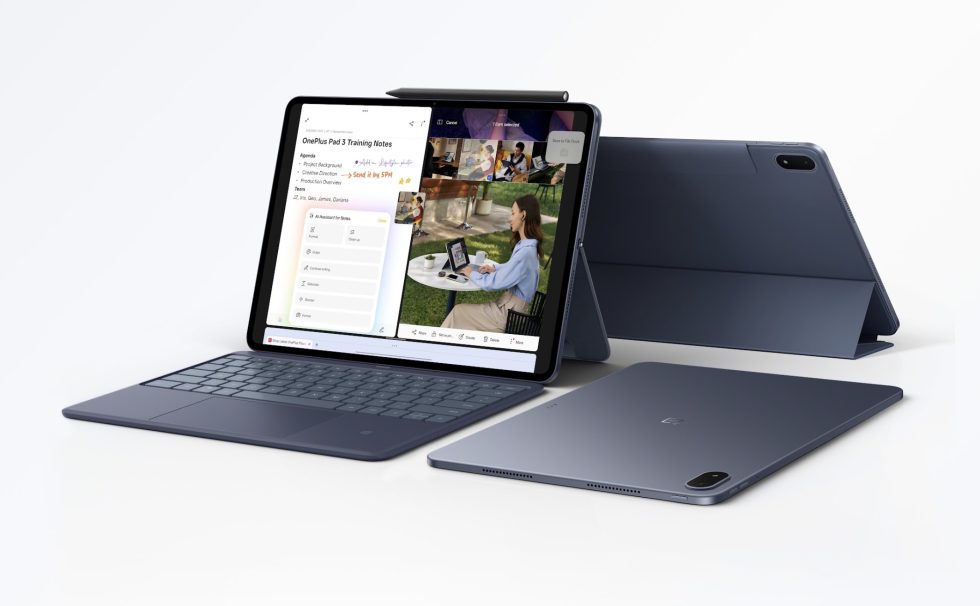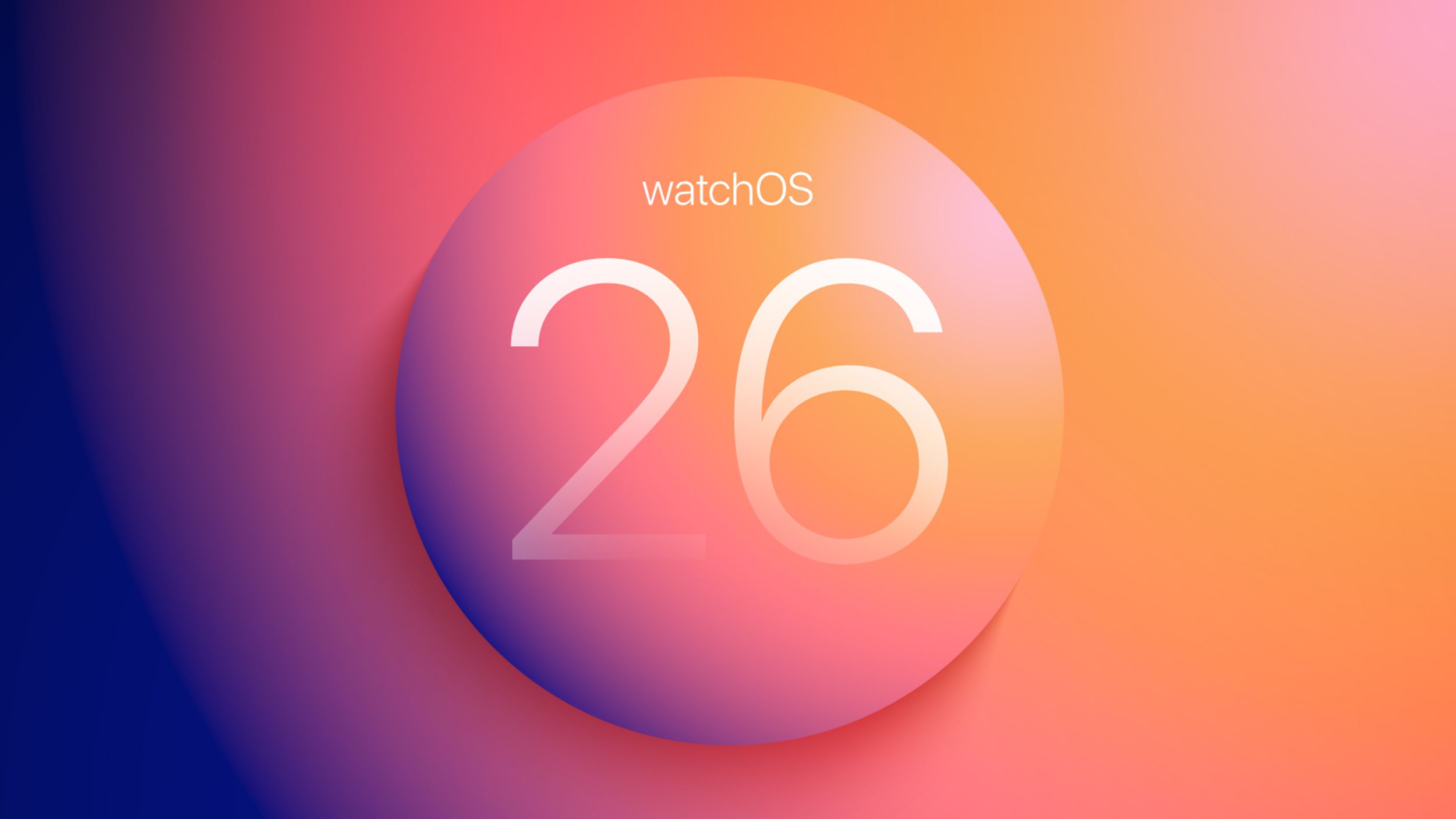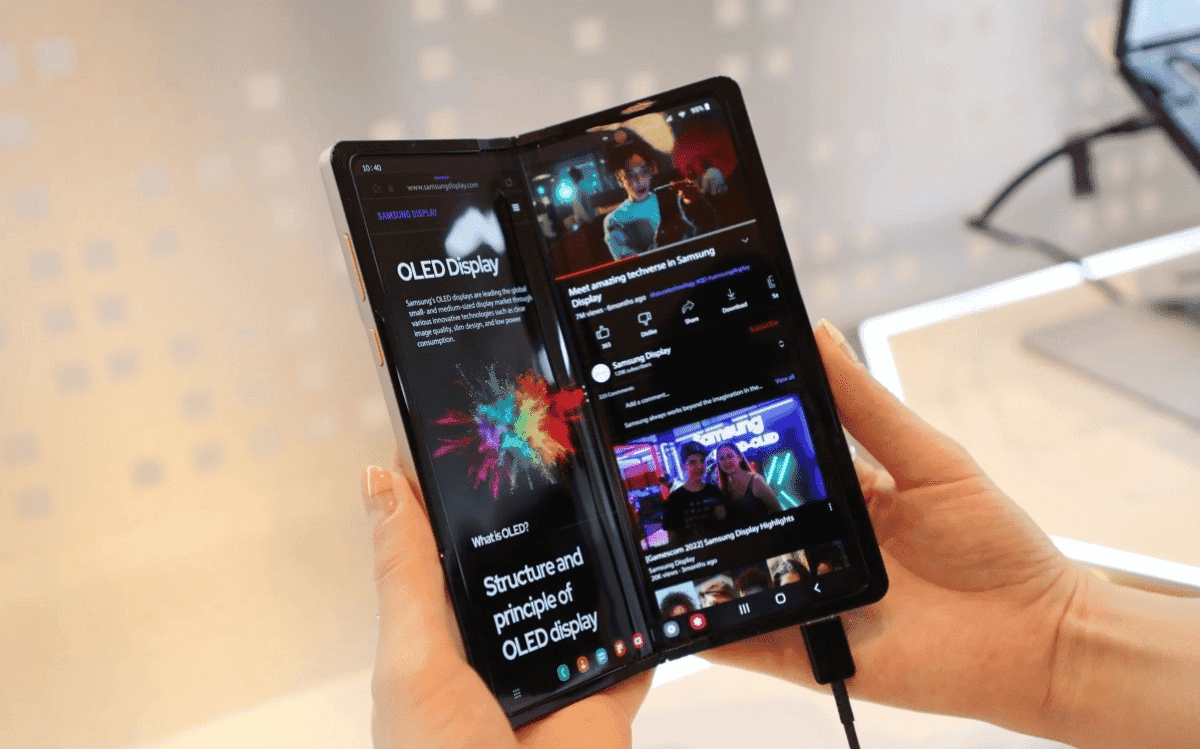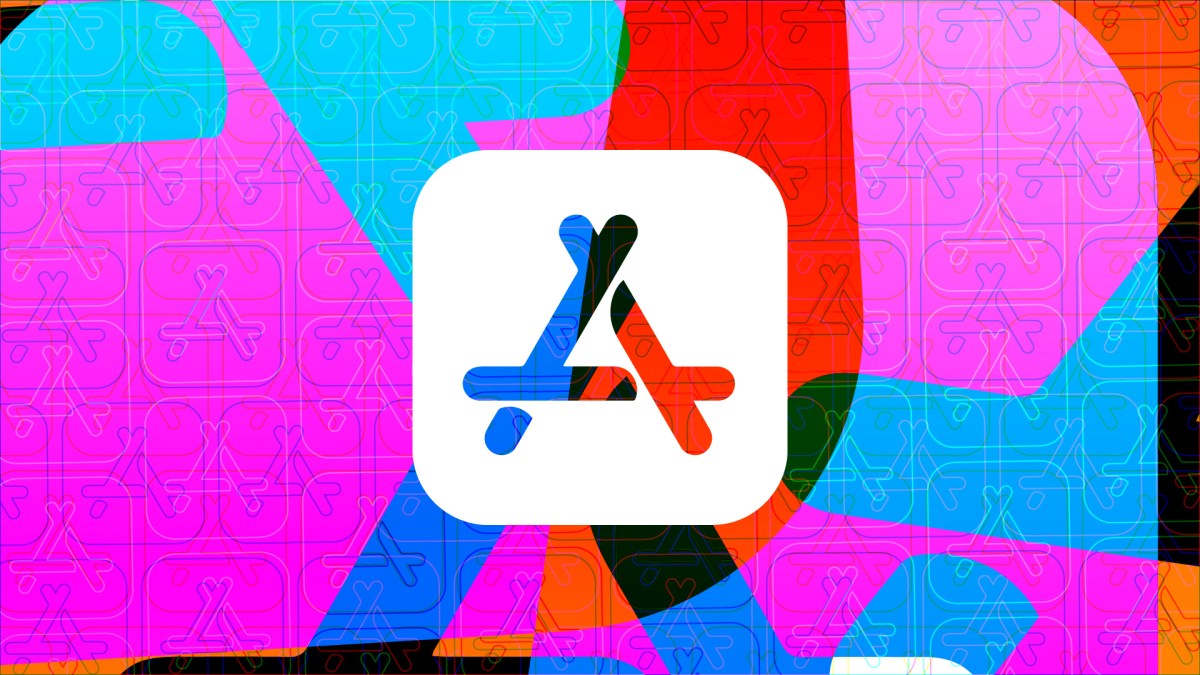Soham Mazumdar, Co-Founder & CEO of WisdomAI – Interview Series
Soham Mazumdar is the Co-Founder and CEO of WisdomAI, a company at the forefront of AI-driven solutions. Prior to founding WisdomAI in 2023, he was Co-Founder and Chief Architect at Rubrik, where he played a key role in scaling the company over a 9-year period. Soham previously held engineering leadership roles at Facebook and Google, […] The post Soham Mazumdar, Co-Founder & CEO of WisdomAI – Interview Series appeared first on Unite.AI.


Soham Mazumdar is the Co-Founder and CEO of WisdomAI, a company at the forefront of AI-driven solutions. Prior to founding WisdomAI in 2023, he was Co-Founder and Chief Architect at Rubrik, where he played a key role in scaling the company over a 9-year period. Soham previously held engineering leadership roles at Facebook and Google, where he contributed to core search infrastructure and was recognized with the Google Founder's Award. He also co-founded Tagtile, a mobile loyalty platform acquired by Facebook. With two decades of experience in software architecture and AI innovation, Soham is a seasoned entrepreneur and technologist based in the San Francisco Bay Area.
WisdomAI is an AI-native business intelligence platform that helps enterprises access real-time, accurate insights by integrating structured and unstructured data through its proprietary “Knowledge Fabric.” The platform powers specialized AI agents that curate data context, answer business questions in natural language, and proactively surface trends or risks—without generating hallucinated content. Unlike traditional BI tools, WisdomAI uses generative AI strictly for query generation, ensuring high accuracy and reliability. It integrates with existing data ecosystems and supports enterprise-grade security, with early adoption by major firms like Cisco and ConocoPhillips.
You co-founded Rubrik and helped scale it into a major enterprise success. What inspired you to leave in 2023 and build WisdomAI—and was there a particular moment that clarified this new direction?
The enterprise data inefficiency problem was staring me right in the face. During my time at Rubrik, I witnessed firsthand how Fortune 500 companies were drowning in data but starving for insights. Even with all the infrastructure we built, less than 20% of enterprise users actually had the right access and know-how to use data effectively in their daily work. It was a massive, systemic problem that no one was really solving.
I'm also a builder by nature – you can see it in my path from Google to Tagtile to Rubrik and now WisdomAI. I get energized by taking on fundamental challenges and building solutions from the ground up. After helping scale Rubrik to enterprise success, I felt that entrepreneurial pull again to tackle something equally ambitious.
Last but not least, the AI opportunity was impossible to ignore. By 2023, it became clear that AI could finally bridge that gap between data availability and data usability. The timing felt perfect to build something that could democratize data insights for every enterprise user, not just the technical few.
The moment of clarity came when I realized we could combine everything I'd learned about enterprise data infrastructure at Rubrik with the transformative potential of AI to solve this fundamental inefficiency problem.
WisdomAI introduces a “Knowledge Fabric” and a suite of AI agents. Can you break down how this system works together to move beyond traditional BI dashboards?
We've built an agentic data insights platform that works with data where it is – structured, unstructured, and even “dirty” data. Rather than asking analytics teams to run reports, business managers can directly ask questions and drill into details. Our platform can be trained on any data warehousing system by analyzing query logs.
We're compatible with major cloud data services like Snowflake, Microsoft Fabric, Google's BigQuery, Amazon's Redshift, Databricks, and Postgres and also just document formats like excel, PDF, powerpoint etc.
Unlike conventional tools designed primarily for analysts, our conversational interface empowers business users to get answers directly, while our multi-agent architecture enables complex queries across diverse data systems.
You've emphasized that WisdomAI avoids hallucinations by separating GenAI from answer generation. Can you explain how your system uses GenAI differently—and why that matters for enterprise trust?
Our AI-Ready Context Model trains on the organization's data to create a universal context understanding that answers questions with high semantic accuracy while maintaining data privacy and governance. Furthermore, we use generative AI to formulate well-scoped queries that allow us to extract data from the different systems, as opposed to feeding raw data into the LLMs. This is crucial for addressing hallucination and safety concerns with LLMs.
You coined the term “Agentic Data Insights Platform.” How is agentic intelligence different from traditional analytics tools or even standard LLM-based assistants?
Traditional BI stacks slow decision-making because every question has to fight its way through disconnected data silos and a relay team of specialists. When a chief revenue officer needs to know how to close the quarter, the answer typically passes through half a dozen hands—analysts wrangling CRM extracts, data engineers stitching files together, and dashboard builders refreshing reports—turning a simple query into a multi-day project.
Our platform breaks down those silos and puts the full depth of data one keystroke away, so the CRO can drill from headline metrics all the way to row-level detail in seconds.
No waiting in the analyst queue, no predefined dashboards that can't keep up with new questions—just true self-service insights delivered at the speed the business moves.
How do you ensure WisdomAI adapts to the unique data vocabulary and structure of each enterprise? What role does human input play in refining the Knowledge Fabric?
Working with data where and how it is – that's essentially the holy grail for enterprise business intelligence. Traditional systems aren't built to handle unstructured data or “dirty” data with typos and errors. When information exists across varied sources – databases, documents, telemetry data – organizations struggle to integrate this information cohesively.
Without capabilities to handle these diverse data types, valuable context remains isolated in separate systems. Our platform can be trained on any data warehousing system by analyzing query logs, allowing it to adapt to each organization's unique data vocabulary and structure.
You've described WisdomAI's development process as ‘vibe coding'—building product experiences directly in code first, then iterating through real-world use. What advantages has this approach given you compared to traditional product design?
“Vibe coding” is a significant shift in how software is built where developers leverage the power of AI tools to generate code simply by describing the desired functionality in natural language. It’s like an intelligent assistant that does what you want the software to do, and it writes the code for you. This dramatically reduces the manual effort and time traditionally required for coding.
For years, the creation of digital products has largely followed a familiar script: meticulously plan the product and UX design, then execute the development, and iterate based on feedback. The logic was clear because investing in design upfront minimizes costly rework during the more expensive and time-consuming development phase. But what happens when the cost and time to execute that development drastically shrinks? This capability flips the traditional development sequence on its head. Suddenly, developers can start building functional software based on a high-level understanding of the requirements, even before detailed product and UX designs are finalized.
With the speed of AI code generation, the effort involved in creating exhaustive upfront designs can, in certain contexts, become relatively more time-consuming than getting a basic, functional version of the software up and running. The new paradigm in the world of vibe coding becomes: execute (code with AI), then adapt (design and refine).
This approach allows for incredibly early user validation of the core concepts. Imagine getting feedback on the actual functionality of a feature before investing heavily in detailed visual designs. This can lead to more user-centric designs, as the design process is directly informed by how users interact with a tangible product.
At WisdomAI, we actively embrace AI code generation. We've found that by embracing rapid initial development, we can quickly test core functionalities and gather invaluable user feedback early in the process, live on the product. This allows our design team to then focus on refining the user experience and visual design based on real-world usage, leading to more effective and user-loved products, faster.
From sales and marketing to manufacturing and customer success, WisdomAI targets a wide spectrum of business use cases. Which verticals have seen the fastest adoption—and what use cases have surprised you in their impact?
We've seen transformative results with multiple customers. For F500 oil and gas company, ConocoPhillips, drilling engineers and operators now use our platform to query complex well data directly in natural language. Before WisdomAI, these engineers needed technical help for even basic operational questions about well status or job performance. Now they can instantly access this information while simultaneously comparing against best practices in their drilling manuals—all through the same conversational interface. They evaluated numerous AI vendors in a six-month process, and our solution delivered a 50% accuracy improvement over the closest competitor.
At a hyper growth Cyber Security company Descope, WisdomAI is used as a virtual data analyst for Sales and Finance. We reduced report creation time from 2-3 days to just 2-3 hours—a 90% decrease. This transformed their weekly sales meetings from data-gathering exercises to strategy sessions focused on actionable insights. As their CRO notes, “Wisdom AI brings data to my fingertips. It really democratizes the data, bringing me the power to go answer questions and move on with my day, rather than define your question, wait for somebody to build that answer, and then get it in 5 days.” This ability to make data-driven decisions with unprecedented speed has been particularly crucial for a fast-growing company in the competitive identity management market.
A practical example: A chief revenue officer asks, “How am I going to close my quarter?” Our platform immediately offers a list of pending deals to focus on, along with information on what's delaying each one – such as specific questions customers are waiting to have answered. This happens with five keystrokes instead of five specialists and days of delay.
Many companies today are overloaded with dashboards, reports, and siloed tools. What are the most common misconceptions enterprises have about business intelligence today?
Organizations sit on troves of information yet struggle to leverage this data for quick decision-making. The challenge isn't just about having data, but working with it in its natural state – which often includes “dirty” data not cleaned of typos or errors. Companies invest heavily in infrastructure but face bottlenecks with rigid dashboards, poor data hygiene, and siloed information. Most enterprises need specialized teams to run reports, creating significant delays when business leaders need answers quickly. The interface where people consume data remains outdated despite advancements in cloud data engines and data science.
Do you view WisdomAI as augmenting or eventually replacing existing BI tools like Tableau or Looker? How do you fit into the broader enterprise data stack?
We're compatible with major cloud data services like Snowflake, Microsoft Fabric, Google's BigQuery, Amazon's Redshift, Databricks, and Postgres and also just document formats like excel, PDF, powerpoint etc. Our approach transforms the interface where people consume data, which has remained outdated despite advancements in cloud data engines and data science.
Looking ahead, where do you see WisdomAI in five years—and how do you see the concept of “agentic intelligence” evolving across the enterprise landscape?
The future of analytics is moving from specialist-driven reports to self-service intelligence accessible to everyone. BI tools have been around for 20+ years, but adoption hasn't even reached 20% of company employees. Meanwhile, in just twelve months, 60% of workplace users adopted ChatGPT, many using it for data analysis. This dramatic difference shows the potential for conversational interfaces to increase adoption.
We're seeing a fundamental shift where all employees can directly interrogate data without technical skills. The future will combine the computational power of AI with natural human interaction, allowing insights to find users proactively rather than requiring them to hunt through dashboards.
Thank you for the great interview, readers who wish to learn more should visit WisdomAI.
The post Soham Mazumdar, Co-Founder & CEO of WisdomAI – Interview Series appeared first on Unite.AI.






















































































































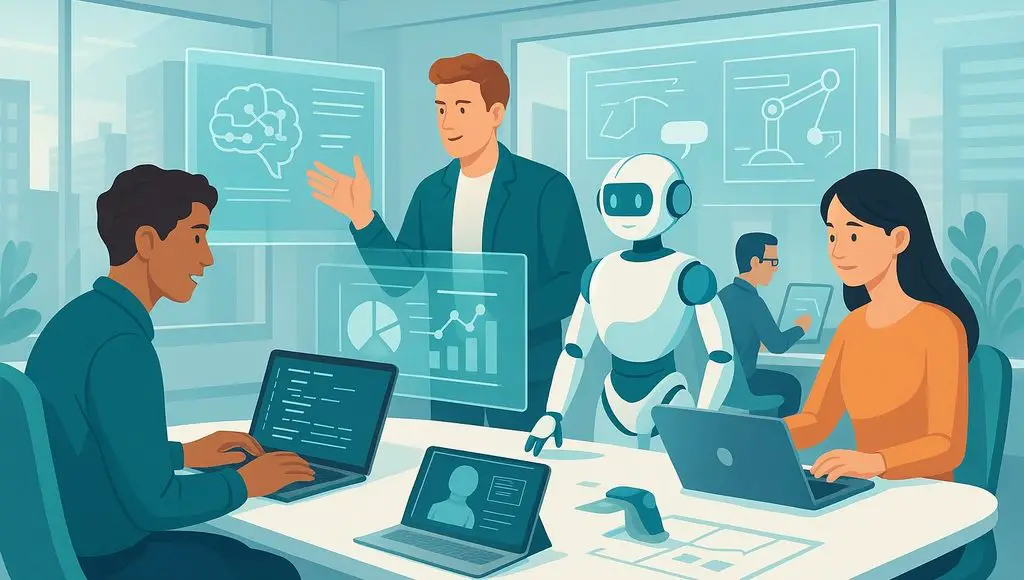























































![[The AI Show Episode 151]: Anthropic CEO: AI Will Destroy 50% of Entry-Level Jobs, Veo 3’s Scary Lifelike Videos, Meta Aims to Fully Automate Ads & Perplexity’s Burning Cash](https://www.marketingaiinstitute.com/hubfs/ep%20151%20cover.png)

























































































































![[DEALS] FileJump 2TB Cloud Storage: Lifetime Subscription (85% off) & Other Deals Up To 98% Off – Offers End Soon!](https://www.javacodegeeks.com/wp-content/uploads/2012/12/jcg-logo.jpg)



![From electrical engineering student to CTO with Hitesh Choudhary [Podcast #175]](https://cdn.hashnode.com/res/hashnode/image/upload/v1749158756824/3996a2ad-53e5-4a8f-ab97-2c77a6f66ba3.png?#)

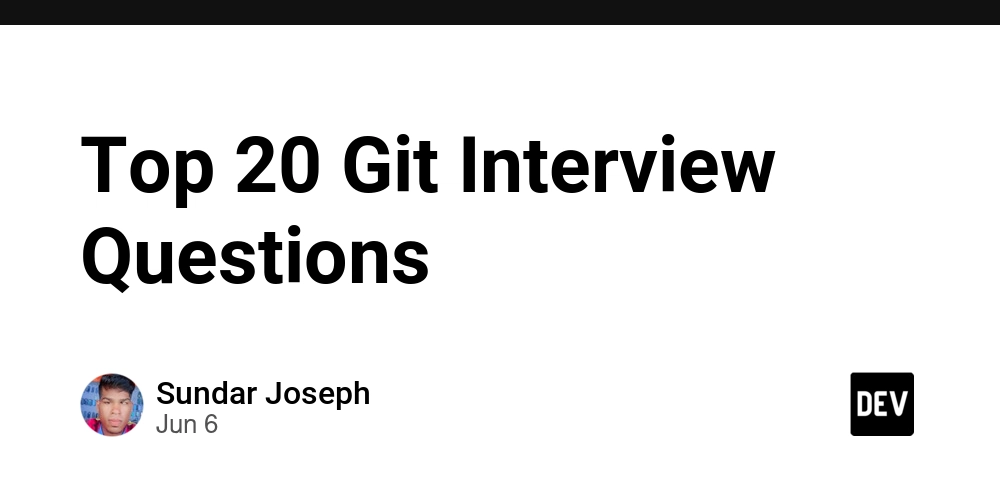

























































































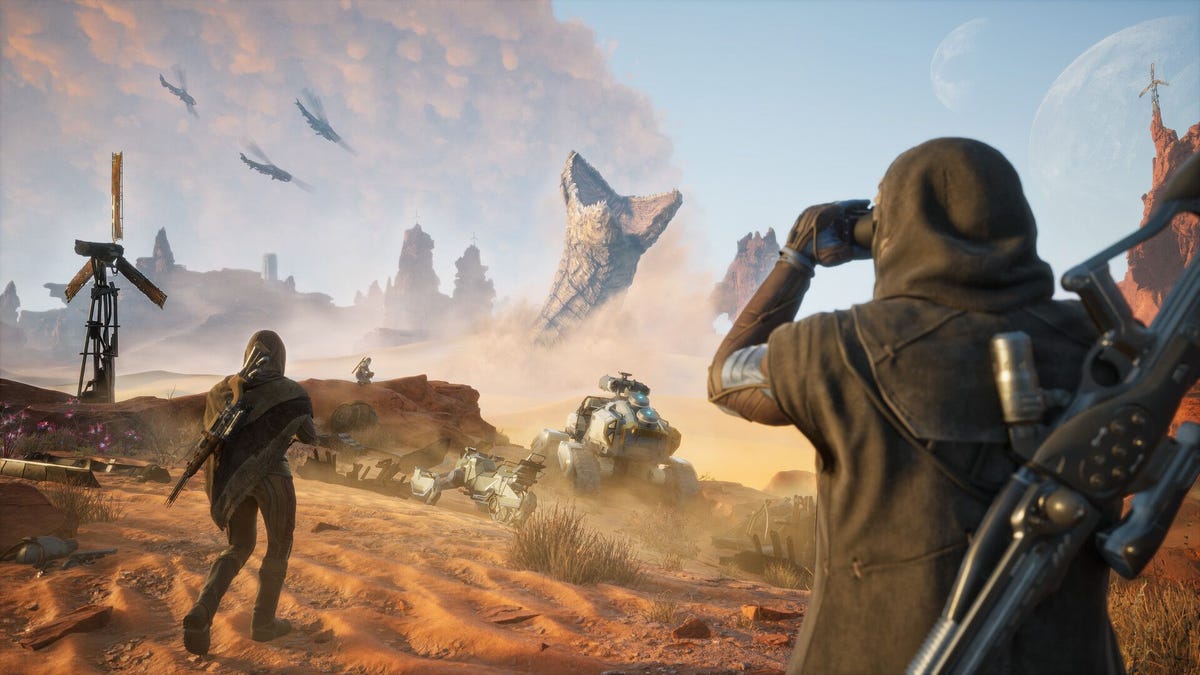













































_sleepyfellow_Alamy.jpg?width=1280&auto=webp&quality=80&disable=upscale#)
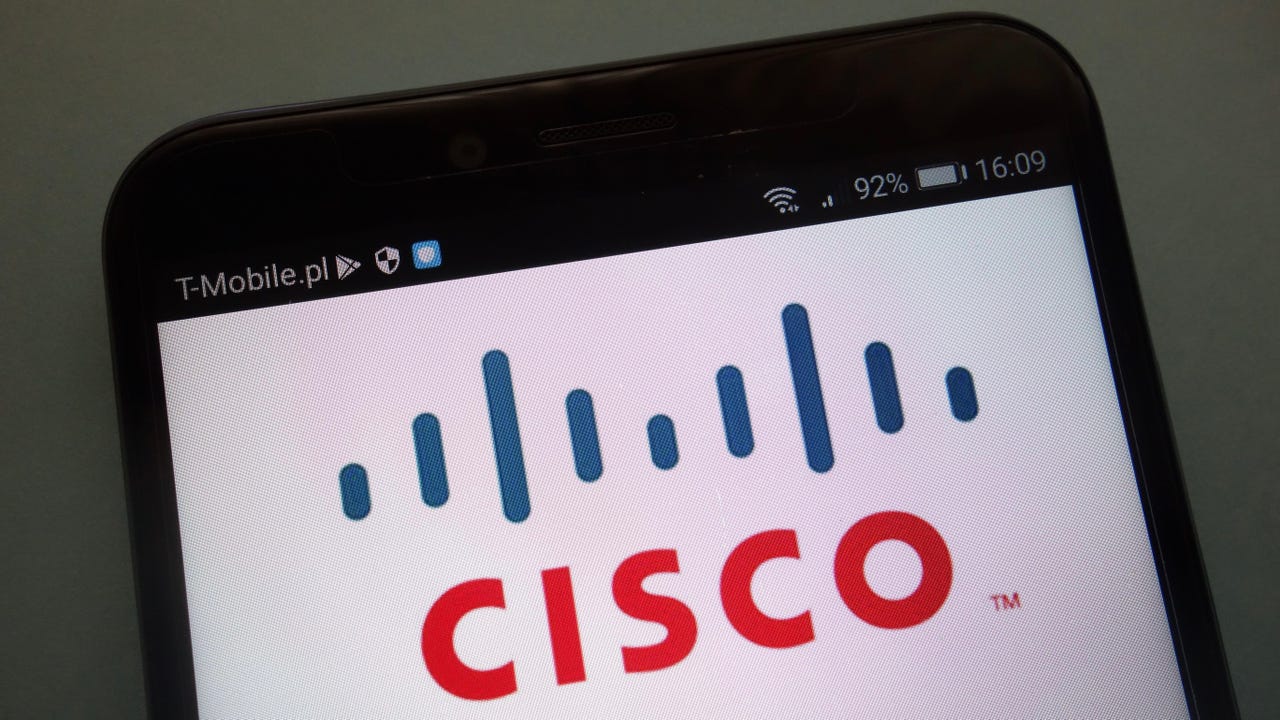









































































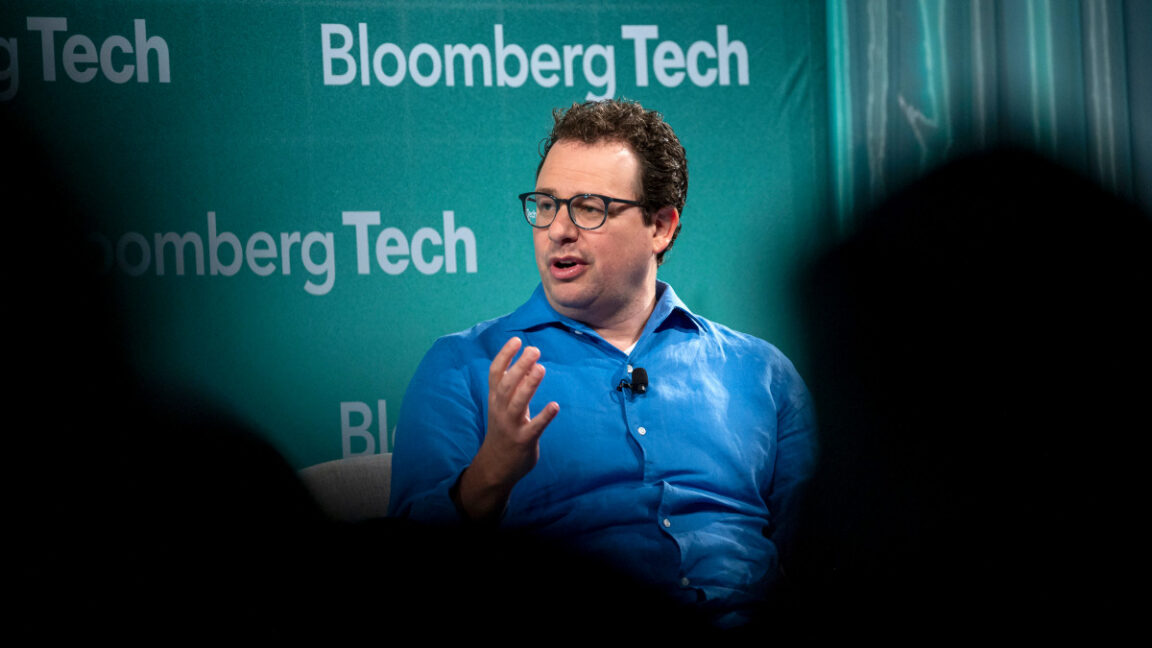



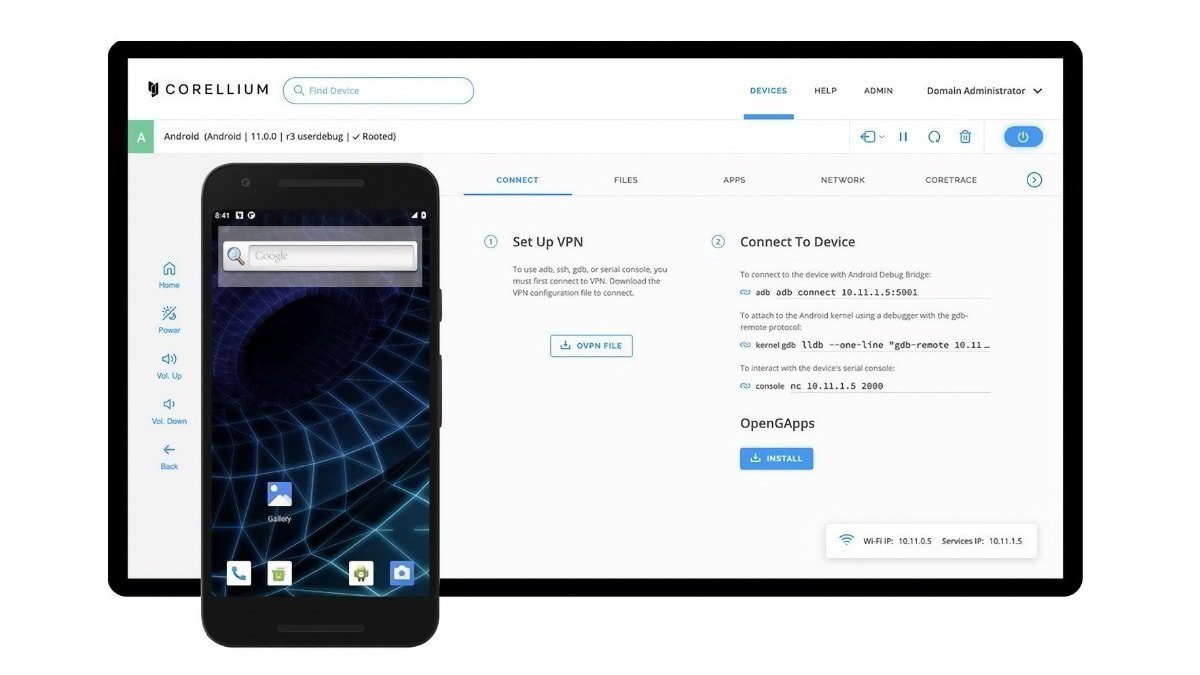

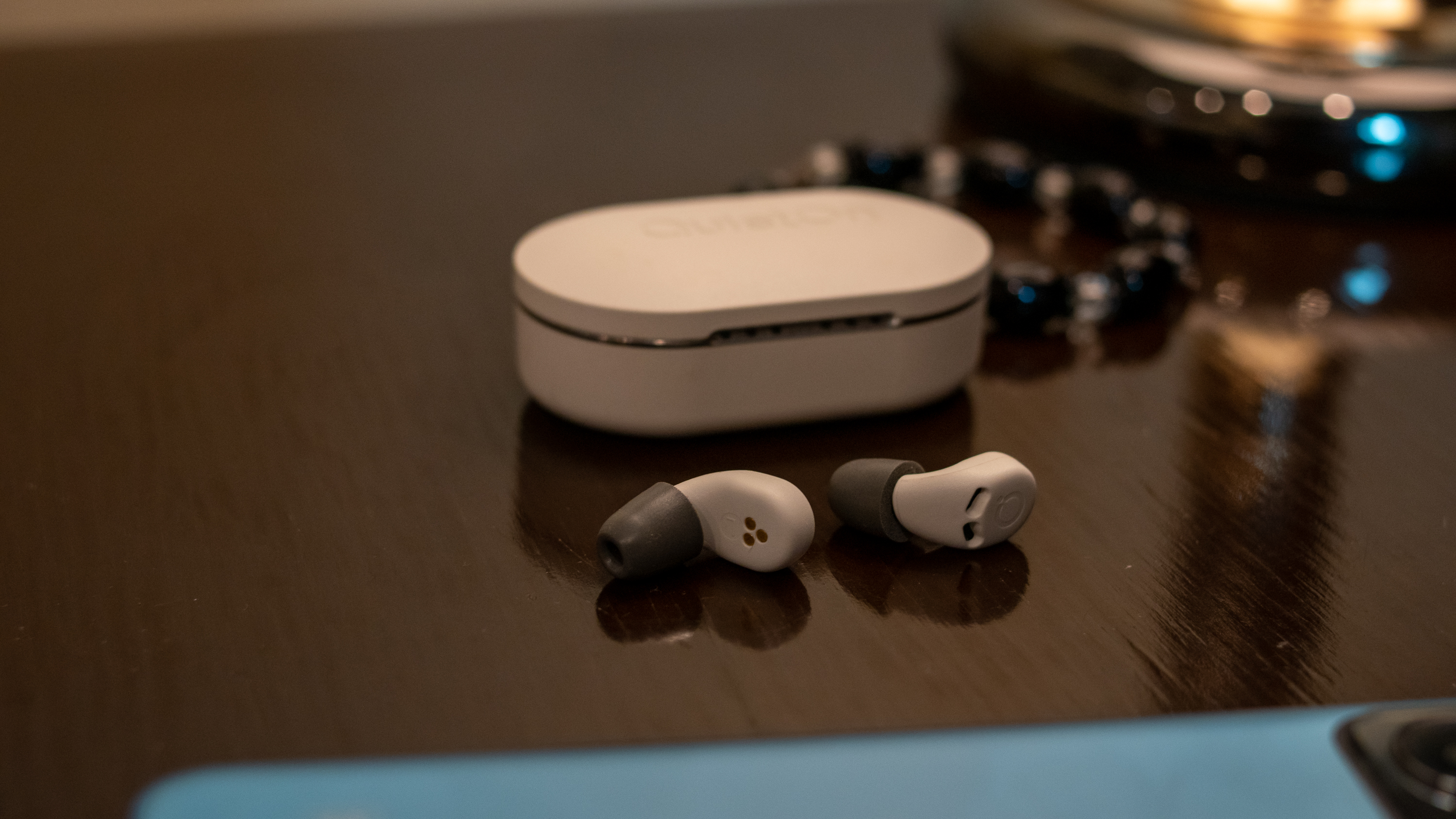


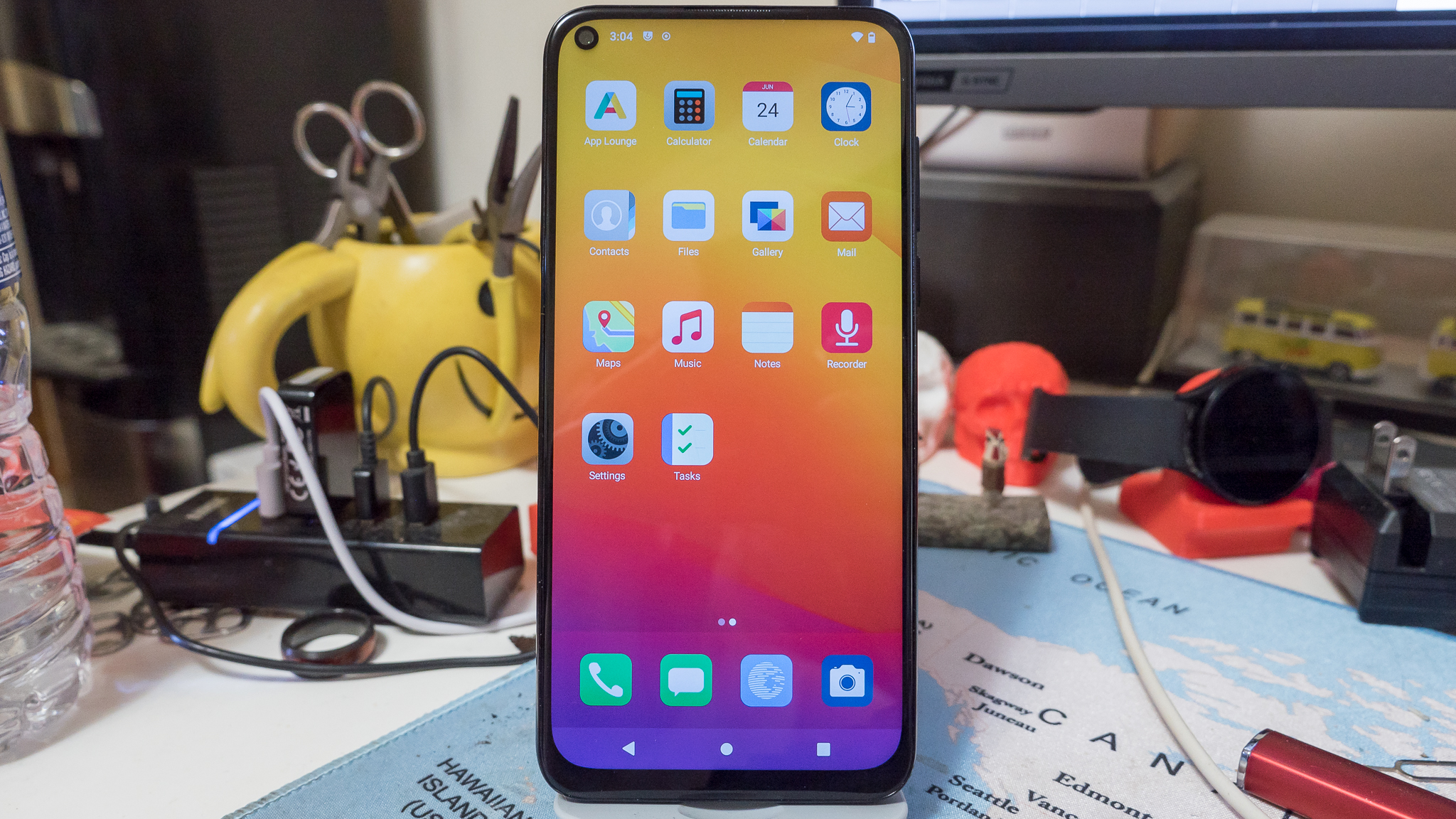























![Apple Shares Official Trailer for 'The Wild Ones' [Video]](https://www.iclarified.com/images/news/97515/97515/97515-640.jpg)
























